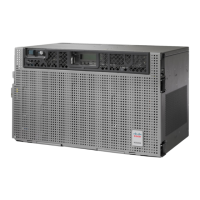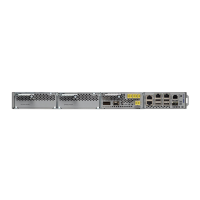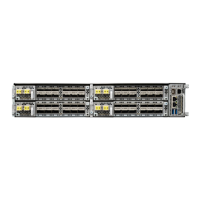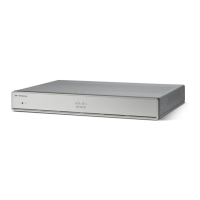Scenario 2: Span Loss Change > 5 dBm and OSC Power Value on the Receiver > –42 dBm 68
Scenario 3: 3 dBm less than Span Loss Change less than 5 dBm 72
Scenario 4: Span Loss Change less than 3 dB 75
OCHNC Circuits Creation Failure 76
Prerequisites for Successful OCHNC Circuit Creation 77
Conditions for OCHNC Circuit Creation Failure 78
Scenarios for OCHNC Circuit Creation Failure 78
Node Level (Intranode) Problems 80
VOA Startup Phases 80
VOA Failure Scenarios 81
Scenario A: Optical Power Level of the Incoming Signal Lower Than Minimum Allowed by MSTP
Supported Optical Interfaces 82
Scenario B: Optical Power Level of the Incoming Signal Lower Than Expected 86
Corrective Actions for Scenario B (Optical Power Level of Incoming Signal Lower than Expected)
87
Scenario C: Optical Drop Power Level Lower Than Expected 92
Corrective Action for Scenario C (Optical Power Level of Incoming Signal Lower than Expected)
93
Counter-Propagating Light Affecting Operation of 32DMX-C and 32DMX-L Cards 97
Corrective Action for Software Releases Lower than 9.0 97
Alarm Troubleshooting 99
CHAPTER 2
Alarm Indexes 109
Logical Objects 109
Alarm Logical Objects 110
Trouble Characterizations 111
Safety Summary 113
Trouble-Clearing Procedures 114
ACT-SOFT-VERIF-FAIL 115
Clear the ACT-SOFT-VERIF-FAIL Alarm 115
AIS 115
Clear the AIS Condition 116
AIS-L 116
Clear the AIS-L Condition 116
Cisco NCS 2000 series Troubleshooting Guide, Release 11.0
vii
Contents
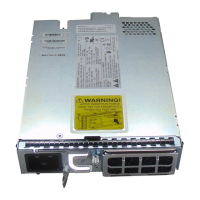
